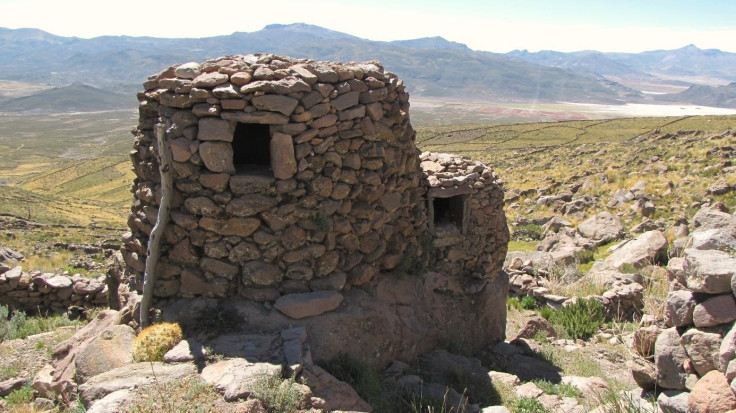The lost quinoa civilisation: Tough mountain people of the Andes created a classless society
People living in southern Bolivia between the 13th and 15th centuries developed a unique agricultural system.

A new study has highlighted the remarkable ingenuity of a little-known Andean civilisation, in what is now southern Bolivia, which thrived between the 13<sup>th and 15<sup>th centuries despite harsh climactic conditions.
Researchers investigated a number of archaeological sites located more than 3,700 metres above sea level in the altiplano region where the climate was especially cold and dry during the period 1200-1450, making the growing of crops very difficult.
Previous studies documenting the people of the Andean highlands in this period have suggested that a lack of major irrigation systems meant crop yields were low, causing societies to collapse.
In addition, a catastrophic volcanic eruption of the Samalas volcano in Indonesia in 1257, caused drops in temperatures and rainfall around the world, making life even harder for the Andeans.
However, in the new study, published in the journal Science Advances, researchers found that people in the region developed a unique agricultural system – based on quinoa cultivation – enabling them to thrive in hard times.
They created simple land-management techniques without the need for irrigation systems by harnessing their extensive knowledge of the local landscape, including taking advantage of natural water run-off on "favourable slopes", for example.
The high number of granaries in the region also indicates that people stored large amounts of crops (mostly quinoa) which they could rely on in poor climatic conditions.
"The massive success of agricultural production in such an unfavourable environment is very surprising," said Richard Joffre, an ecologist from the French National Centre for Scientific Research.
"It can only be explained by the development of very specific and detailed environmental knowledge that aimed to save water and avoid frost, and by the mastery of a set of agricultural practices by this pre-Hispanic society. Many micro-terraces are discernible. Production here was based on an un-irrigated agricultural system, something remarkable in these arid conditions."
In addition, according to Pablo Cruz, an anthropologist with the Argentine National Council for Scientific and Technical Research, "the distribution of granaries at the sites and the management of agricultural land all indicate a non-centralized agrarian system. We found no material signs of the centralization of power or the presence of a governing elite."
These kind of decentralized production systems are still employed by the indigenous communities of Bolivia's southern altiplano today, "providing quinoa producers social and productive resilience in the face of current climate and socio-economic changes," said Thierry Winkel, an ecologist with the French National Research Institute for Sustainable Development.
The authors suggest that these decentralized forms of self-organisation were an effective response to environmental adversity.





















